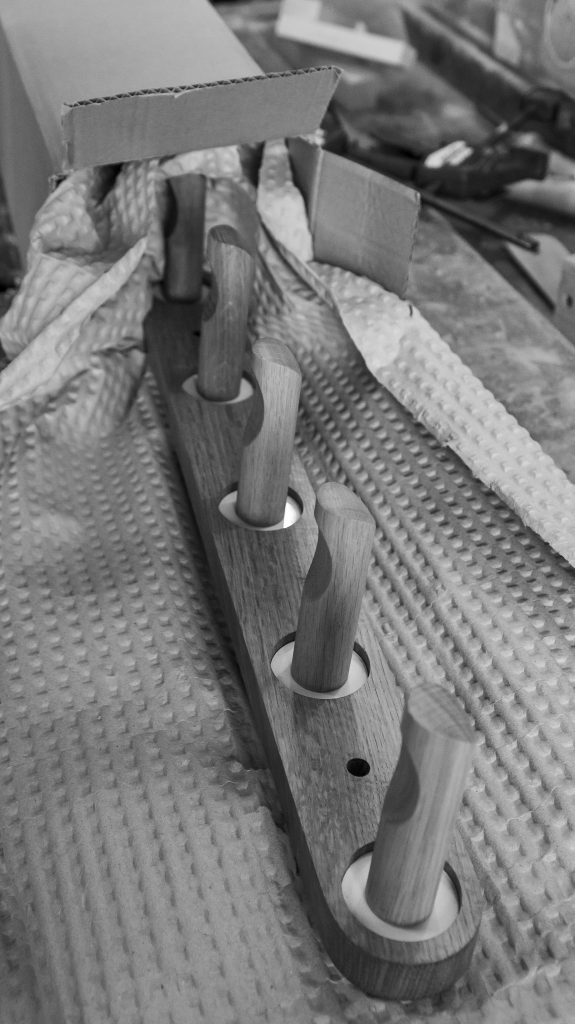How can I make my home more eco-friendly?
Living sustainably is an important ethos for our furniture business as well as for our family. Whilst not everyone can afford solar panels and new insulation, by focusing on reducing our single-use plastic and living in a more eco-friendly way, we can reduce the harm we cause to the environment. You can start by making conscious choices about the objects that you fill your house with.
It’s relatively easy to make these eco-conscious decisions. You can reduce your carbon footprint by the actions you take from within your own home and your interior decorating and styling. Doing just a few of them will mean there are less toxins in the air and at your fingertips and will promote a better sense of wellbeing for you and your family.
We’ve rounded up a few of our favourite simple sustainability tips for your home.
1. Consider sustainable materials when buying your furniture and homeware

- Wooden furniture
Wood is renewable because it doesn’t deplete the planet of a natural material. Trees can be planted, grown and harvested over and over again. Always have a look for the mention for ‘FSC certified’, which means that the wood has been sourced from sustainably managed forests. All our products are predominantly made with solid, sustainable timber, using FSC-certified oak.

- Sustainable interior accessories
It’s easy to buy accessories made from harmful materials when they’re smaller and generally cheaper. Instead of plastic, consider items like cork, wood, concrete or ecoresin terrazzo. When it comes to candles, go for natural, organic and non-toxic ones such as those made with beeswax or soy wax and without paraffin (we always opt for these to go with our Mabel Tealight Holders and Mabel Candleholders. Go for straw baskets instead of plastic boxes and recycled glass for your glassware.

A good example is kitchenware. Choose handmade ceramics or wooden chopping boards over plastic ones. Not only do they look much nicer on your kitchen surfaces, you can jazz them up by investing in pieces with a bit more visual interest – like the ecoresin in terrazzo of our Edward chopping boards.

- Organic soft furnishings
Wool, organic cotton, hemp and linen have organic, textural qualities and are great for bedding, blankets, rugs, throws and cushions.
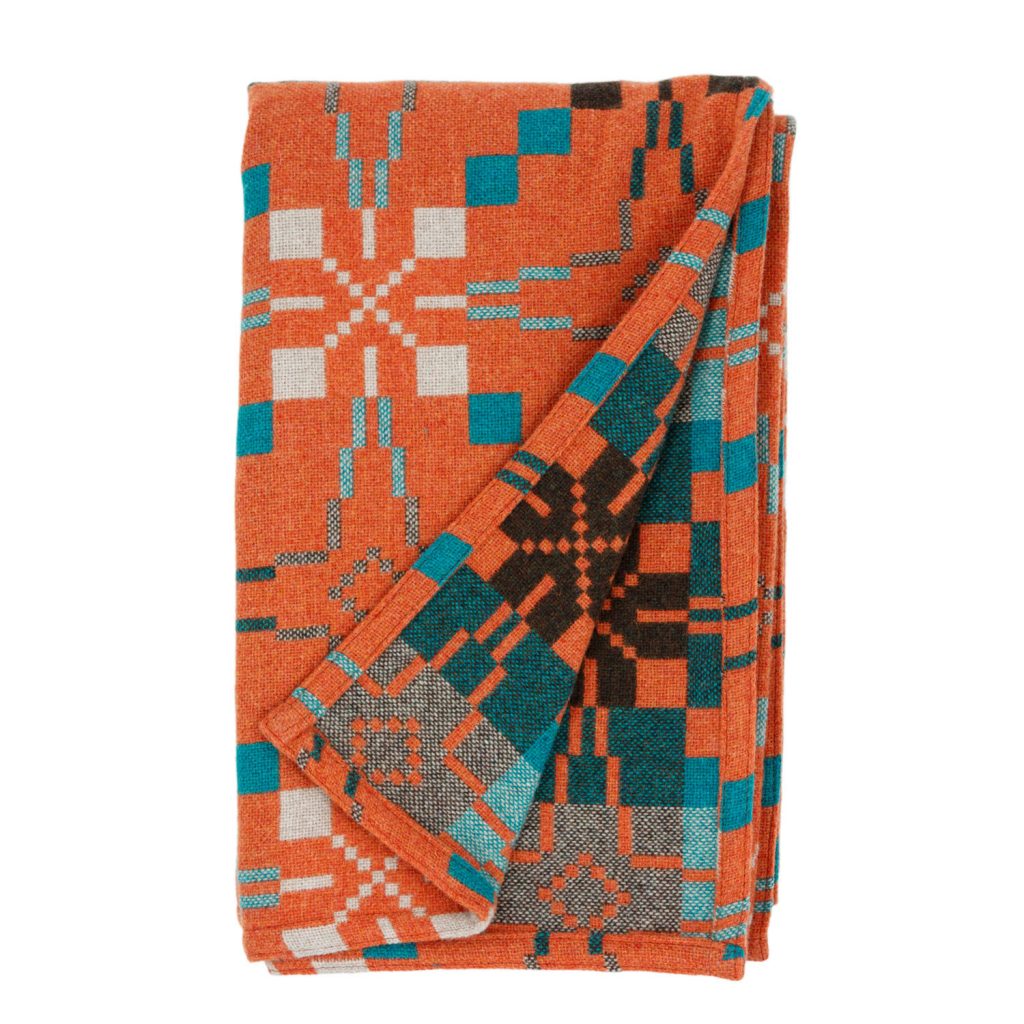
We love Melin Tregwynt’s lambswool throws that are woven in a small mill in Wales.
- Sustainable kitchen swaps
It can be a lot easier to make sustainable swaps in the kitchen. There are plenty of reusable veg bags, durable paper lunch bags, natural sponges and reusable microfibre cloths. Consider using natural cleaning products that keep toxins out of the water and your lungs and swap plastic coffee pods for drip filters.
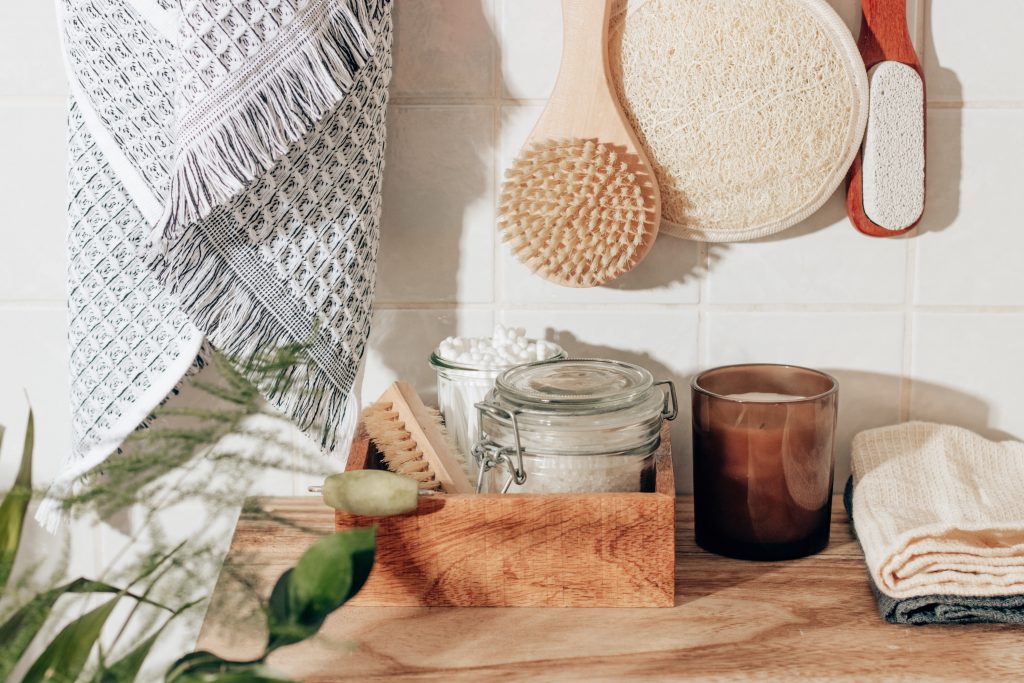
- Clean and green bathroom
The bathroom can often be an area that is full of unnecessary plastic because of containers that supermarkets tend to use. Look into natural sponges, recyclable toilet rolls, wooden toothbrushes and remember to recycle your toothbrush tubes.
There are also more and more zero-waste shops popping up in local neighbourhoods and we encourage using these as much as possible. They make it very easy to refill your containers with natural shampoos and conditioners and eco-friendly cleaning products. They often sell organic handmade soap, so you don’t have to keep buying plastic bottles of liquid soap.
- Sustainable flooring materials
Linoleum is a vinyl naturally producing materials such as natural linseed oil and wood flour. Cork is biodegradable and sustainable and retains warmth within a room.
2. Invest in high quality furniture that is made to last
We’re really against the modern throw-away culture of ‘fast homeware’. Interior trends shouldn’t change so much that we can’t keep up. Classic, well-made furniture will never go out of style and you can pass it down through the generations of your family.
It’s important to invest in craftsmanship and the person that has taken time to handmake your piece of furniture.
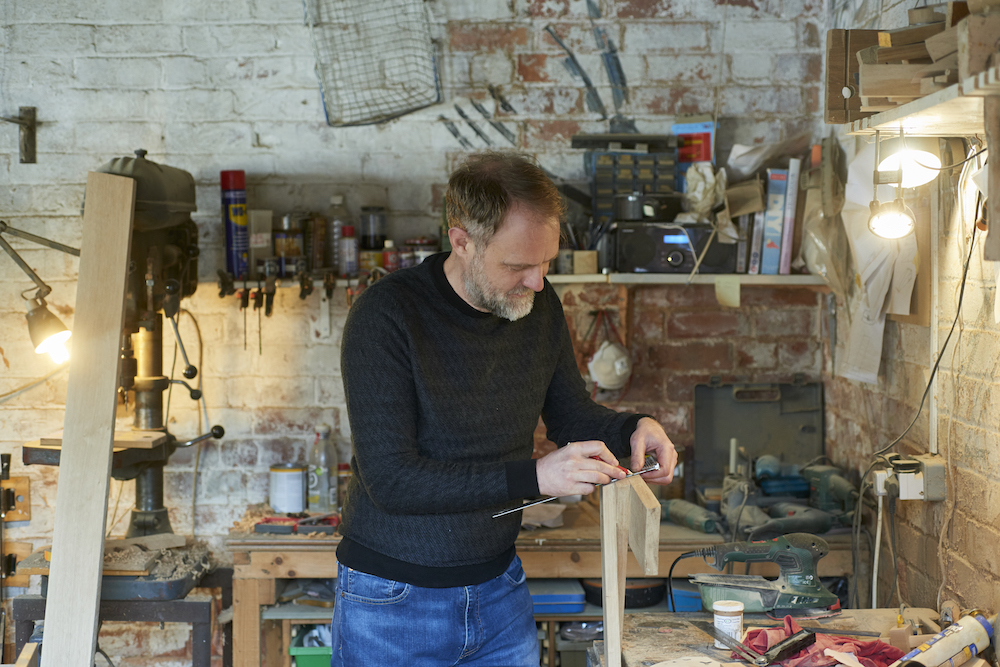
Handmade furniture also avoids the use of various pollutants such as certain paints, glues, and finishes that are found in mass-produced factories. We want to avoid volatile organic compounds (VOCs) that give off harmful air pollutants, which are often used in furniture production. We favour more natural finishes and we love the imperfections of natural materials – they make your piece completely unique.
3. Sustainable kitchen swaps: reduce the consumption of single-use plastic
It can be a lot easier to make sustainable swaps in the kitchen. There are plenty of reusable veg bags, durable paper lunch bags, natural sponges and reusable microfibre cloths. Consider using natural cleaning products that keep toxins out of the water and your lungs and swap plastic coffee pods for drip filters. Swap plastic milk cartons for a milkman delivering glass refillable bottles. Use the new beeswax wraps to keep your food rather than cling film.
Visit your local greengrocer! Spending money with your small local businesses and they’ll give you your veg in paper bags rather than an abundance of plastic packaging.
4. Have more plants
It might sound simple, but having more plants in your home increases the quality of air in your home. Plants are natural air cleaners so they absorb toxins and carbon dioxide, turning it into oxygen (it’s important to get rid of airborne toxins that are inside our houses). They also release moisture vapour and increase air humidity.
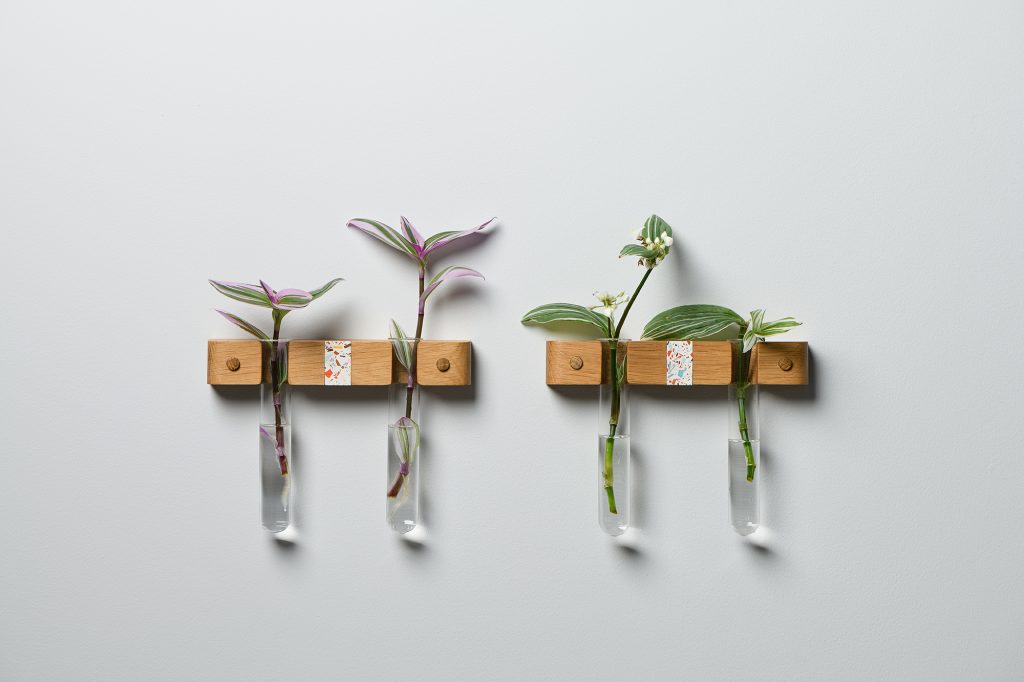
You can even grow your own plants for free. Rather than buying new plants from garden centres, why not consider propagation? Using a propagator, you can collect and save seeds and plant cuttings. It’s a brilliant way to see them grow and is exactly why we designed our Hellene Oak Propagator.
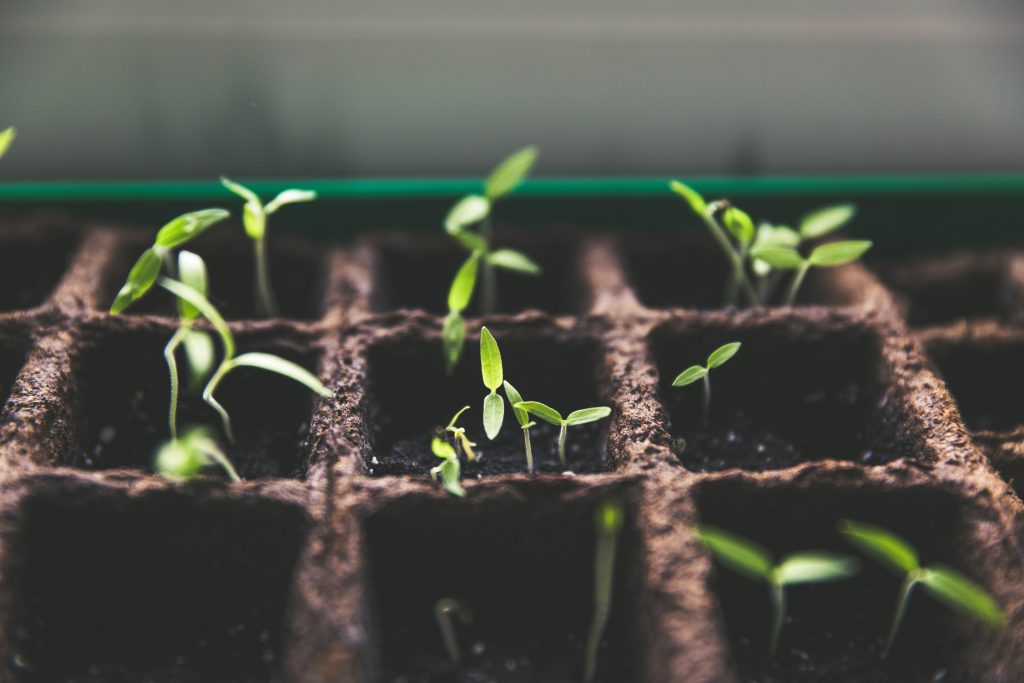
5. Grow your own food
Save your food waste and create your own compost – rather than sending everything to landfill, you can use your leftover fruit and veg and peelings to create rich soil.
Growing your own food will reduce the transportation needed to get your food from the farm to your home. Creating a small kitchen garden can be rewarding and fun, but if you’re limited on space, try planting seeds of herbs in wooden planters. That way you can cut your own whenever they’re needed rather than buying plastic packets of herbs that will inevitably go brown in the back of the fridge.
6. Eco decorating
Use eco paints like those from Little Greene and Farrow & Ball’s sustainable ranges – they can be more expensive but they’re not made with the toxic chemicals from other brands. Look for paints that use water-based paints with low VOCs and no solvents, or oil-based paints that are made with vegetable oils.

7. Shop local
Investing in your local area and the small businesses that are based within it will not only support the local community, it will reduce the amount of transportation required to get your products to your home, and in turn will help with reducing harmful emissions.
These are just a few ways we can reduce the impact we made on the environment from within our home. We’d love to hear yours – please tell us if you have any suggestions. As a furniture business and as a family, we’re constantly striving to be kinder to the earth.

